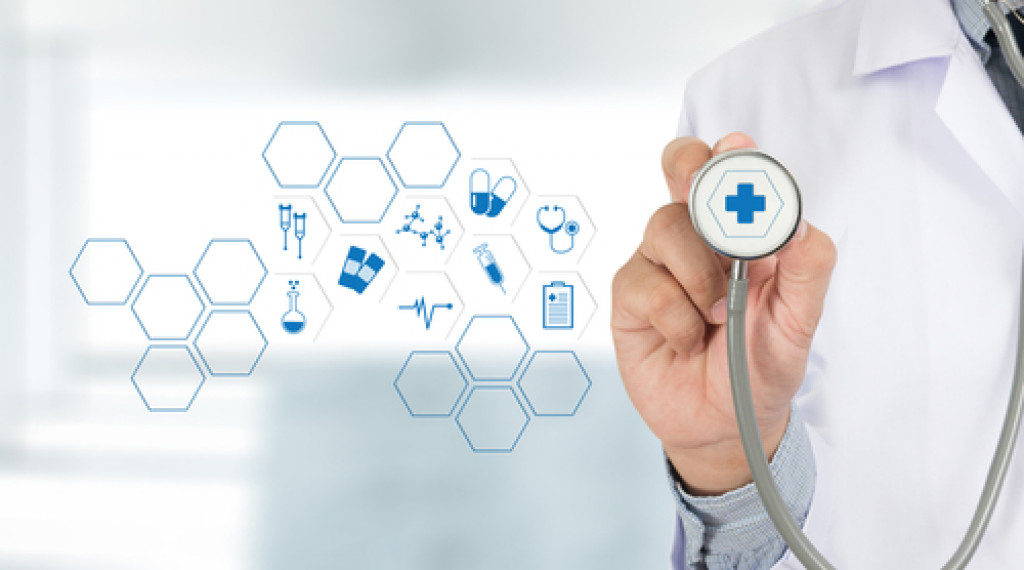Nowadays, medical technology has been stepping up its game. Technological development in diagnoses, treatment, monitoring, and surgical procedures is tremendously advancing. Because of modern technology, even how people collect and study data is more accurate and efficient, leading to an improving future of safe and effective medicine for patients worldwide.
Medical equipment, machines, and appliances are also growing when treating cardiovascular and respiratory health problems. Even the recovery process and time are greatly improved.
Digital trends in medical technology
Medical application of nanotechnology or nanomedicine is the technology used in atomic, molecular, and supramolecular studies and operations. Its potential for development is just as great as regular-sized objects. They have also been advancing in the processes of imaging, sensing, diagnosis, and medical device performances. In 2021, studies have found new ways to utilize nanomedicine’s ability to target individual cells and put this into action to study cancer treatments further.
Some companies have even developed home endoscopy tests. But many physicians still recommend an endoscopy test done by a professional; however, many cannot deny the usefulness of the technology. It’s still practically innovative since COVID-19 has encouraged people to stay at home at much as possible, especially regarding a possible sickness that may have been caught.
Doctors in Germany have also been allowed to practice digital apps and online interventions for patients. This has been happening since October 2020. Germany aims to take medical practices to the next level and help relieve patients’ burdens on home healthcare.
They have also been moving on to what they call e-prescriptions and further developed efficient clinical processes and communication with new screening and monitoring solutions, mobile medical technology, therapies based on AI (artificial intelligence), and robotics.
In India, the latest medical technologies have also been used for the prevention of stroke. Therapies used for PFO (patent foramen ovale) and LAA (left atrial appendage) help reduce the risk of stroke. Different occluder devices are placed in the heart to keep the PFO and the LAA from opening during a catheter procedure.

Improved ways of drug development
The collaboration and competition between pharmaceutical companies could take drug development to the next level. COVID-19 vaccines were even developed in less than a year, and this should be in history as one of the most remarkable scientific accomplishments in the world of medicine and research. Through innovations and fast-track monitoring, the process has sped up and the combined expertise of medical scientists.
More regulatory procedures in the drug development industry fade with the pandemic in the upcoming years, while innovative research and testing methods are just waiting for their turn. Big pharmaceutical companies have already started to collaborate in exploring new antiviral treatments.
Healthcare based on data
Since the collection of health and medicine data increases, it’s only right that its application is becoming even more widespread, together with results, leading to improved treatment options and great patient feedback.
However, one challenge is a lack of interoperability, which paved its way in November 2020—helping healthcare payers, providers, and other organizations to prepare for local government’s interoperability rules and regulations. With this, access to data templates, blueprints, and security tools is reachable for the developers. Once healthcare companies can agree on things, the industry’s potential could be much bigger.
Technology still needs further study
However, while these technological advances greatly help the medical industry, some medical professionals believe other factors should be considered as well, such as how these are applied, patients’ lifestyles, and how they’re feeling.
Images in MRI (Magnetic Resonance Imaging) scans, for instance, are so precise and accurate that doctors can find anatomic problems, which aren’t supposed to be and might lead to procedures that aren’t necessary.
Some doctors believe that not all medical situations can be immediately solved by new medical technology. These technologies may be accurate and detailed, but things can mean differently when a patient doesn’t feel as good as technology dictates. However, current research and strict tests have made sure that any technology and treatment is safe before being offered to the public.
But there is no denying that medical technology has improved and progressed at an impressive rate since the last century. It is unbelievable that it was only a few decades ago when certain diseases were terminal but are now curable. It is the same with the current crop of medical technology: from the invention of eyeglasses to correct vision to the use of a stethoscope to screen internal health problems to MRIs, endoscopy, and surgery techniques. The future promises more with the development of the internet driving all the changes in the healthcare industry. Technology has been evolving faster than before, and along with it, the medical industry.

